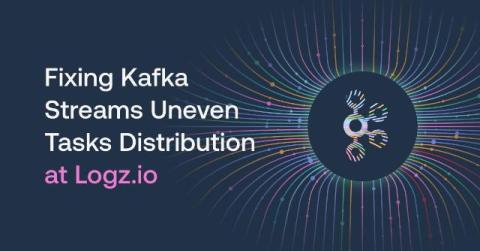Fixing Kafka Streams Uneven Tasks Distribution at Logz.io
At Logz.io we provide an observability platform with the ability to ship logs, metrics, and traces and then interact with them using our app. LogMetrics is an integral part of our observability offering, which bridges the gap between logs and metrics. It provides the seamless conversion of one type of signal to another. It empowers our customers to gain critical insights faster while also reducing their monitoring bill.











